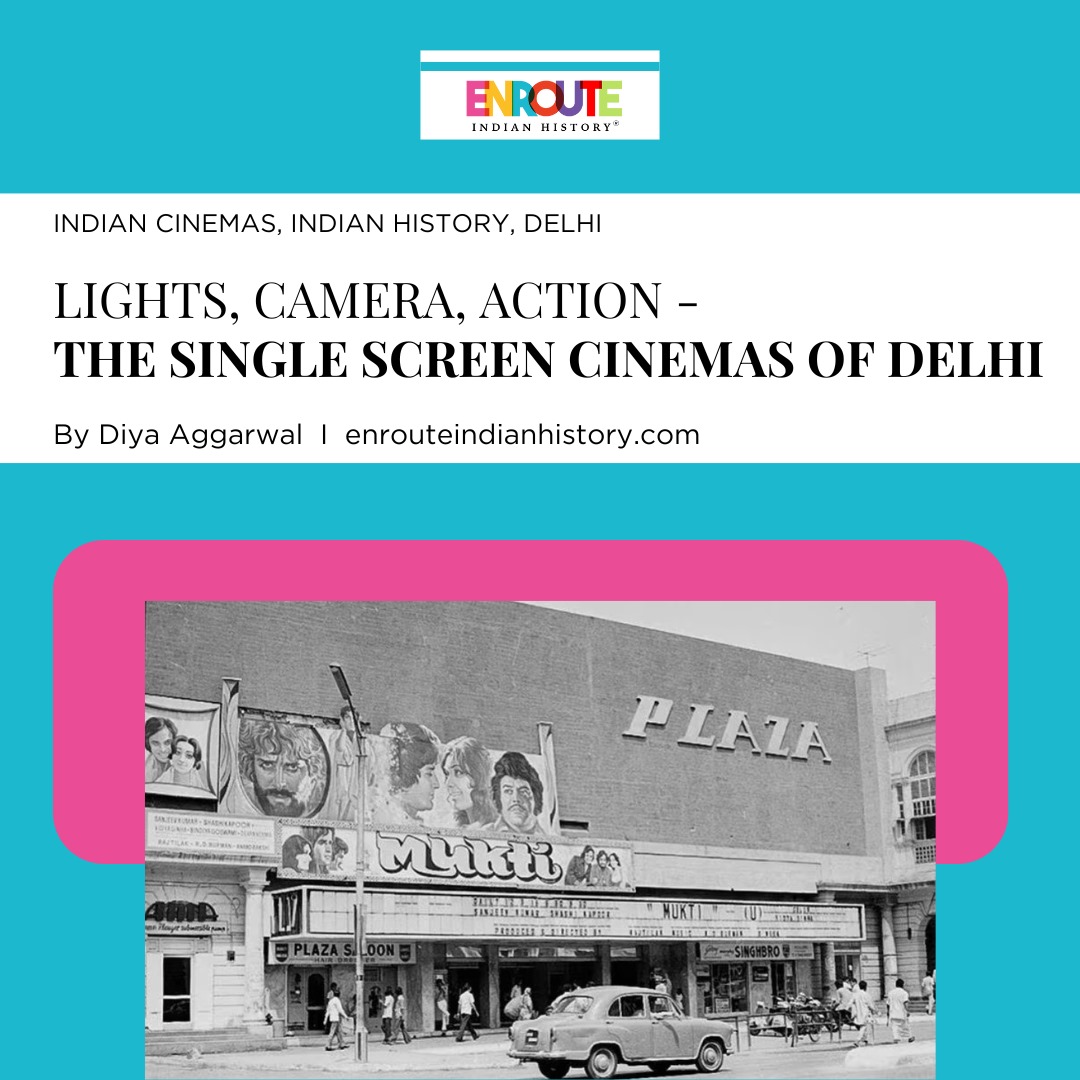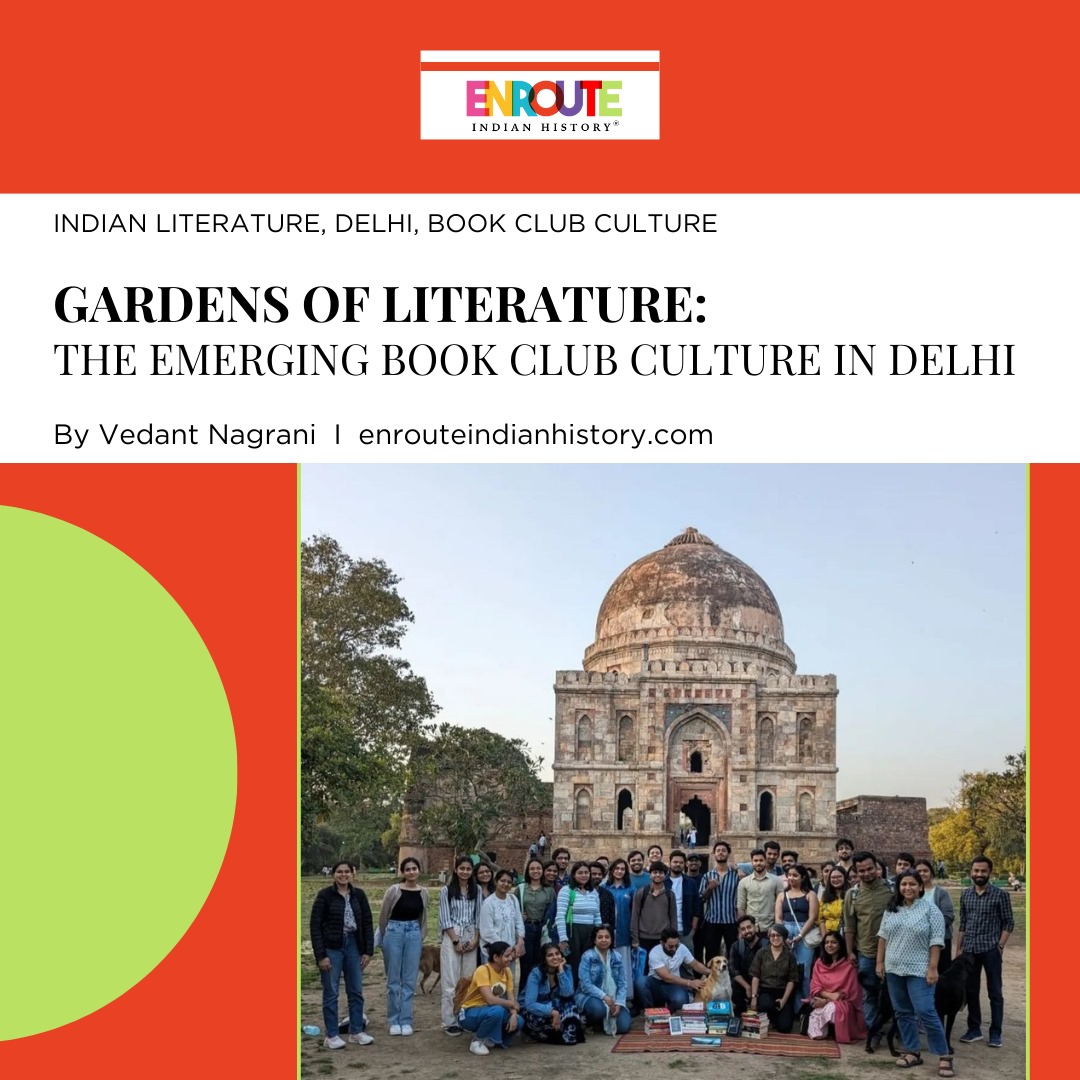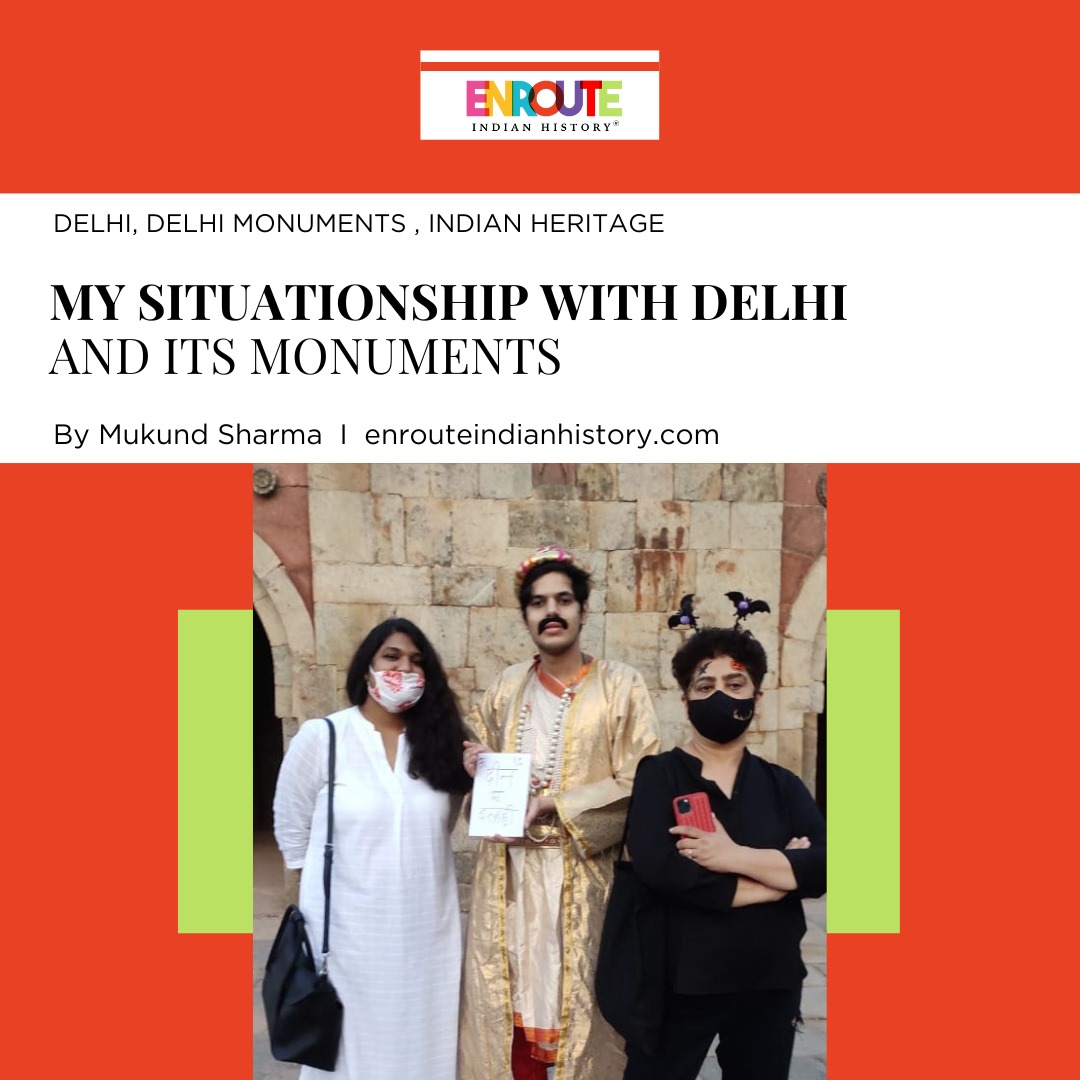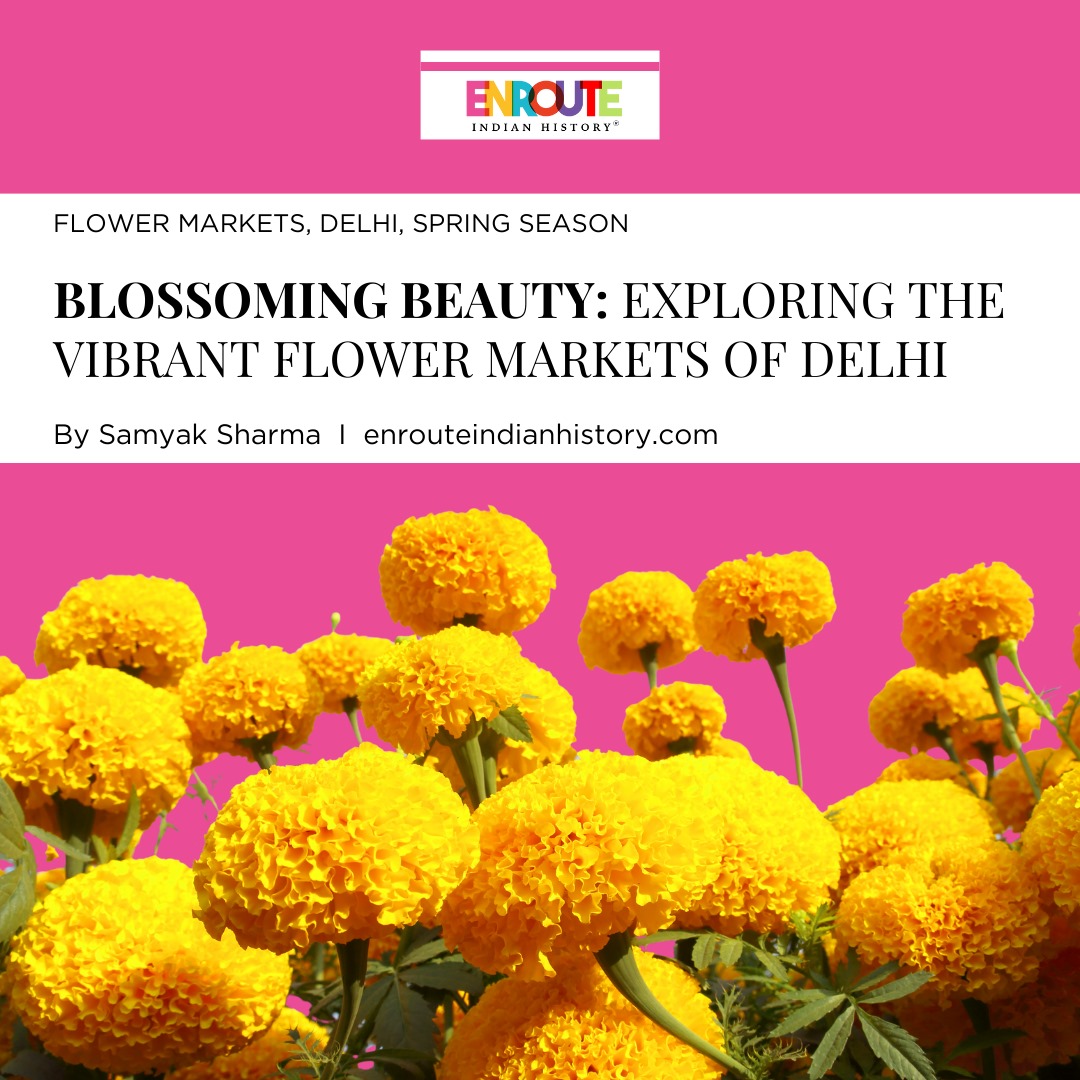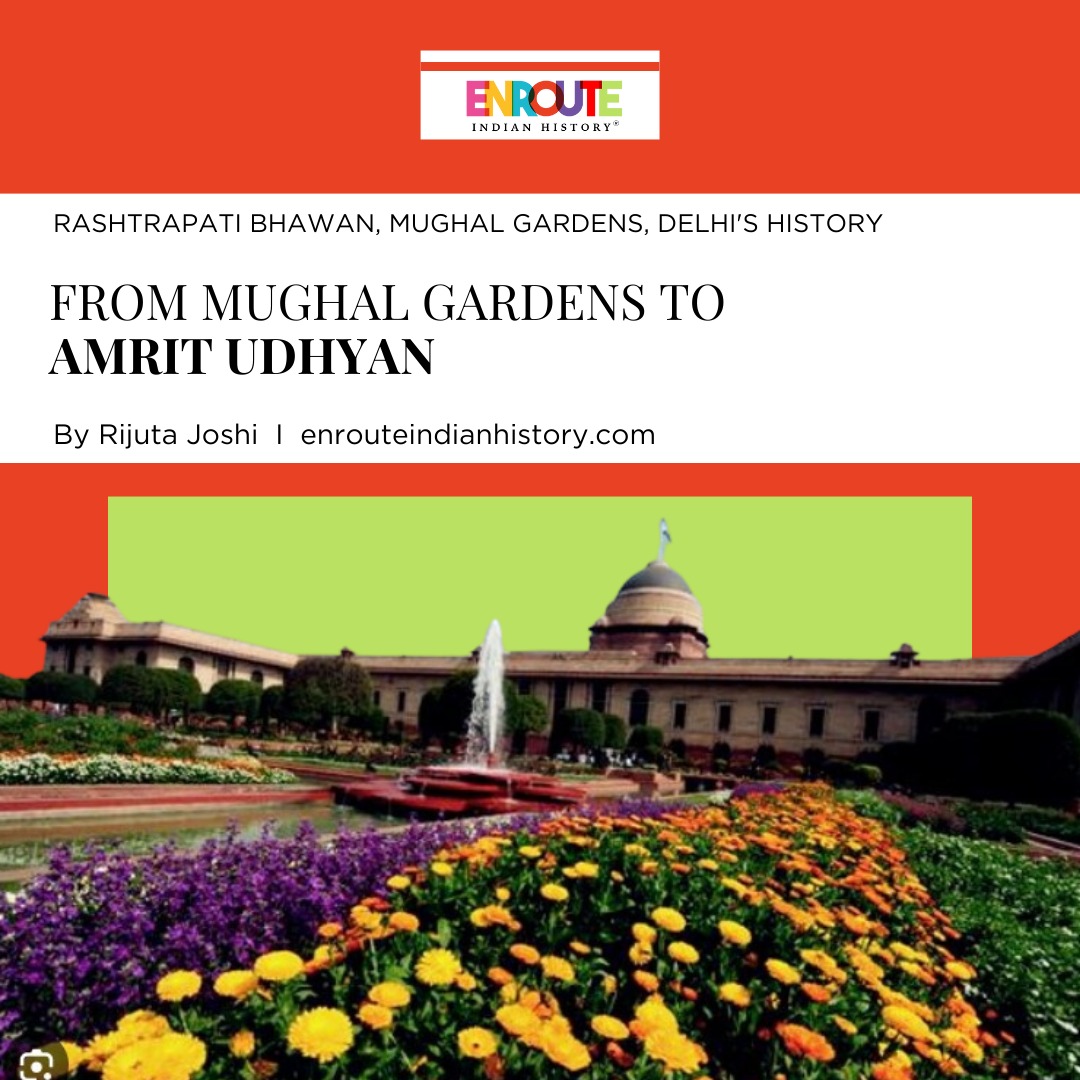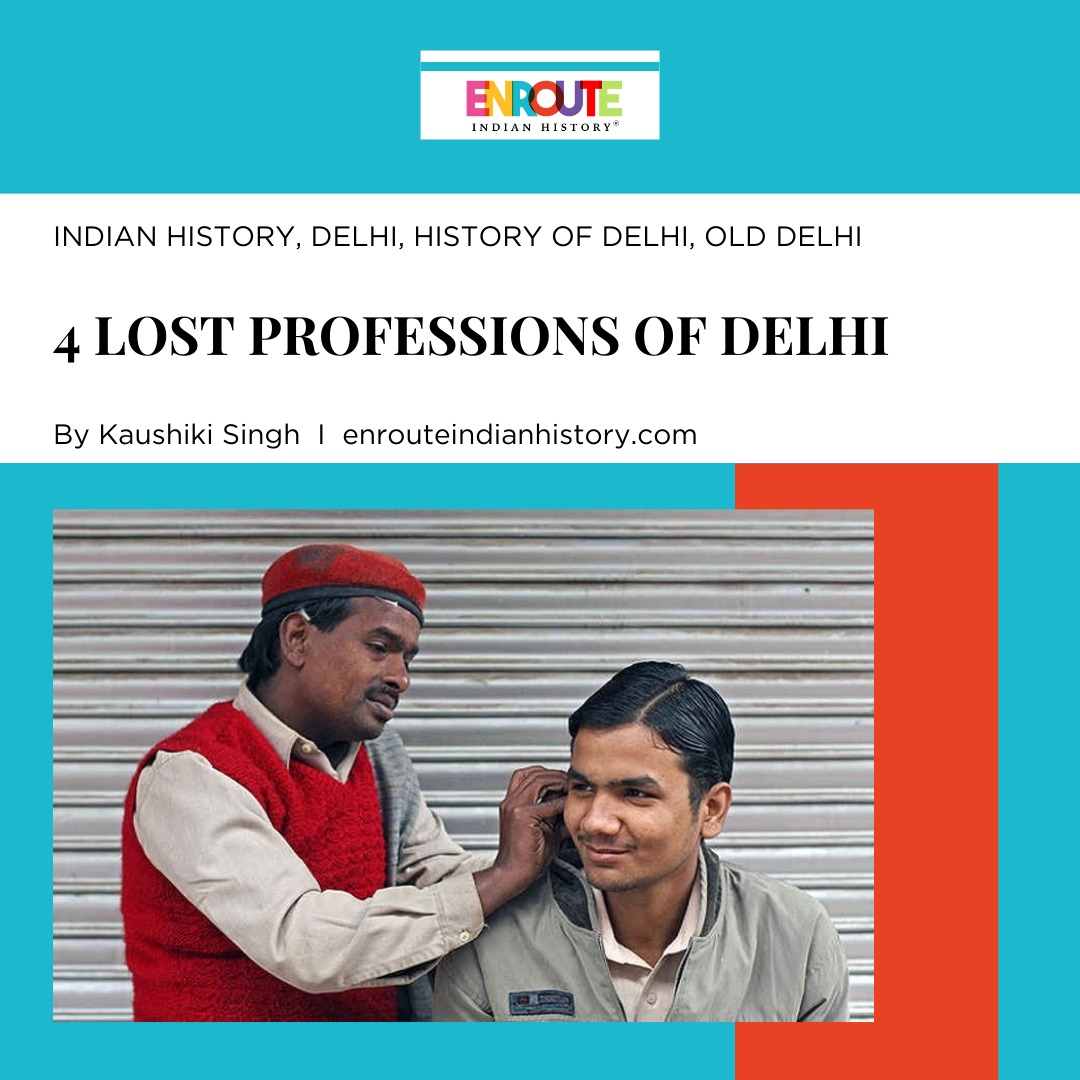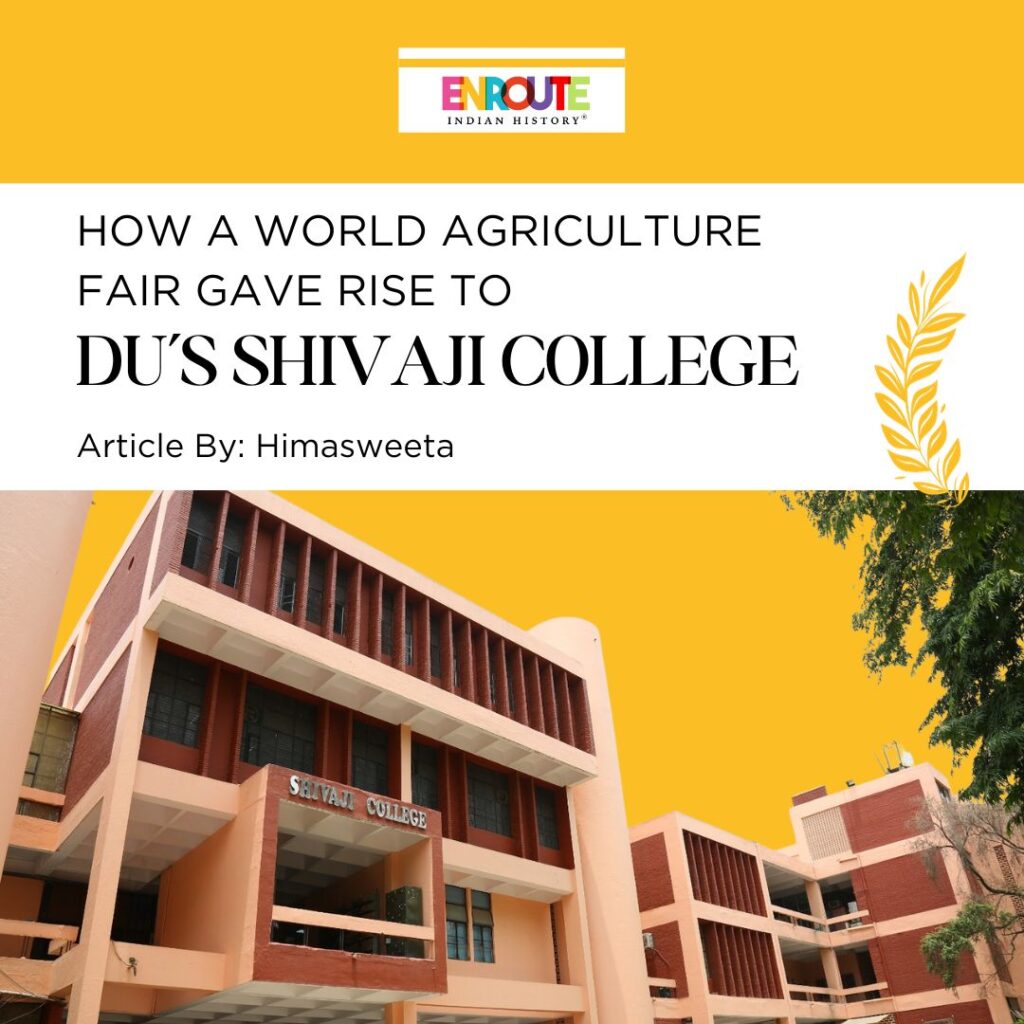
Situated along the Yamuna River, Delhi has historically served as a focal point for change and transformation. Ever since Anangpal Tomar founded Delhi in 1052, it has graciously welcomed and hosted numerous rulers from various backgrounds. The beauty of Delhi was such that, in addition to the histories of the city’s rulers, there were also unique histories emerging in various other parts of the region. The Northern region now takes great pride in its historical markets and forts, whereas the Southern region also possesses a blend of modernity and historical significance. From being the prime location of leather factories until the 1970s and 1980s to accommodating refugees after the partition of 1947, West Delhi also has a rich and notable history to. Shivaji College, which is affiliated with the University of Delhi (DU), is situated in this residential area of Delhi. However, a lesser-known fact is that this institution was founded in memory of the first World Agricultural Fair held in 1959, which saw the very famous ‘Amriki Mela’ in India for the first time.
HISTORY OF THE WORLD AGRICULTURAL FAIR
From December 11, 1959, to March 11, 1960, the village of Najafgarh in southwest Delhi hosted the first World Agricultural Fair (WAF), organised by Dr. Panjabrao Deshmukh, the then Minister of Agriculture of India and President of Bharat Krushak Samaj. Najafgarh, at the time, was the ideal location for such a massive event due to its extensive agricultural fields. The primary motivation behind the agricultural fair was “[to] afford an opportunity for Indian farmers to view Indian agriculture in the context of world agricultural improvement.”
This agricultural fair, which ran for three months, welcomed a number of world leaders and featured twelve different countries. Massive in scale and grand in nature, not only did it draw in local farmers but also Queen Elizabeth from the United Kingdom! President Khrushchev of the Soviet Union, who was an agricultural specialist himself under Josif Stalin, also visited the fair.

Dwight. D. Eisenhower in the inauguration of the World Agricultural Fair on December 11, 1959, in New Delhi (Courtesy: U.S. Embassy, New Delhi)
With colorful ‘pandals’ all around the ground and architectural marvels from more than 10+ countries, in what must have been an incredible feat for the time, an estimated million or more farmers attended the agricultural fair. Such was the popularity of the fair that it attracted more than one million visitors in its first month itself, and newspaper reporting added, “[It] may well attract another million in the remaining month of its scheduled existence”. To commemorate this gigantic event in Indian history, India Post introduced a stamp that portrayed a farmer plowing the field with bullocks. This agricultural fair served as a turning point in Indian agriculture, offering a global forum and fostering camaraderie among farmers across the globe.

The stamp was introduced to commemorate the World Agricultural Fair in 1959
WHAT WAS THE AMRIKI MELA OF THE AGRICULTURAL FAIR?
The US pavilion was the biggest at the agricultural fair, with the USSR coming in second and China in third. The US Pavillion, conceptualized and designed by American architect Minoru Yamasaki, was named the ‘Amriki Mela’ by the locals due to its grandeur and influence from Indo-Islamic architecture. Packaged goods such as hooked rugs, jellies, and jams that were earlier unknown in Indian homes were on display for the first time to the public at the ‘Amriki Mela’. In close proximity to the Mela, the American organizers exhibited the most recent developments in agricultural machinery and tractors manufactured in the United States on an area imitating farmland.

Aerial View of the Amriki Mela held at the World Agricultural Fair
In stark contrast to the US pavilion, fruits, tomatoes, and other perishables were displayed in the Russian pavilion. Indians looked on with wonder and delight as Russian vendors displayed products like cigarettes, candy, canned fish, caviar, and wine. Aside from the pavilion, they also ran a restaurant outside to introduce Indians to authentic Russian food. The Chinese pavilion at the agricultural fair displayed a similar array of tomatoes, fruit, fish, etc.
A record of the US Pavilion at the agricultural fair. (Source: Cultural Diplomacy Takes Command: Architecture and Soft Power at the 1959 World Agricultural Fair in New Delhi by Joss Kiely)
Many of the other countries that participated also had interesting pavilions where they displayed their wares. The Polish pavilion stood out because of the wide range of farm equipment that the country produced. The agricultural fair also featured sections highlighting the various Indian states and their respective regional products. Some of these Indian stalls attracted the crowd with their exquisite structures, especially the one near the Bombay Pavilion, which had a 30-foot-tall entrance.
ESTABLISHMENT OF SHIVAJI COLLEGE UNDER THE AEGIS OF THE AGRICULTURAL FAIR

A glimpse of Shivaji College, University of Delhi
Following this historically noteworthy agricultural fair in Indian history, Mr. Punjabrao Deshmukh announced plans to construct an agricultural university in Najafgarh village. After the conclusion of the fair, the remaining funds were used in 1961 to construct a college in Matiala village, which is near Najafgarh. This laid the foundation of what is today known as ‘Shivaji College’ under Delhi University.
This college was originally established as a primary school building with 45 students. Though the original plan to establish a university dedicated to farming never materialized, the college soon became a well-known higher-education institution in West Delhi. After the Delhi government assumed the trusteeship of Shivaji College in 1967, the institution was moved to Karampura. In 1976, Shivaji College relocated to its current location in Raja Garden. There are now twenty courses available to undergraduates in the areas of science, commerce, and the humanities; one self-funded Bachelor’s in Business Economics course; three graduate-level courses; and an additional German language course.
Speaking to a student of Shivaji College who chose to remain anonymous, they commented, “I’m a student of Shivaji College, which is mostly referred to as a student of an ‘off-campus’ college of Delhi University. This is what a Shivajian gets to hear daily… But as students, little did we all know that the college is a living tribute to the visionary spirit of Hon’ble Dr. Panjabrao Deshmukh, who sowed the seeds of knowledge in the heart of rural Delhi in the memory of the first International Agricultural Fair held in Delhi in 1959. This makes me and all my fellow students proud students of a “beacon of legacy and vision.”.
THE DR. PANJABRAO DESHMUKH MEMORIAL TROPHY
To commemorate the rich legacy of the college, under the auspices of the annual festival, “Peepal,” organized by the Eco Club of Shivaji College, the Dr. Panjabrao Deshmukh Memorial Trophy for Innovative Green Model is awarded annually to the winner of an undergraduate model-making competition. The model needs to offer a workable answer to any environmental issue that is having a significant impact on human civilization as a whole. The competition’s grand prize winner receives a cash award in addition to the Panjabrao Deshmukh Memorial Trophy for “Innovative Green Model.”
REFERENCES
- Cohen, Richard J. ‘An Early Attestation of the Toponym Ḍhillī’. Journal of the American Oriental Society. 1989: 513–519. [Preprint].
- Anon, (n.d.). About District | DM – South Delhi | India. [online] Available at: https://dmsouth.delhi.gov.in/about-district/.
- sites.google.com. (n.d.). World Agriculture Fair. [online] Available at: https://sites.google.com/view/worldagricultureexhibition/introduction [Accessed 13 Oct. 2023].
- commons.wikimedia.org. (1959). File:Stamp of India – 1959 – Colnect 141768 – 1 – 1st World Agricultural Fair Delhi.jpeg – Wikipedia. [online] Available at: https://en.m.wikipedia.org/wiki/File:Stamp_of_India_-_1959_-_Colnect_141768_-_1_-_1st_World_Agricultural_Fair_Delhi.jpeg [Accessed 13 Oct. 2023].
- Kiely, J. (n.d.). Cultural Diplomacy Takes Command: Architecture and Soft Power at the 1959 World Agricultural Fair in New Delhi. Arris, [online] 33(1), p.20. Available at: https://www.academia.edu/96844933/Cultural_Diplomacy_Takes_Command_Architecture_and_Soft_Power_at_the_1959_World_Agricultural_Fair_in_New_Delhi [Accessed 15 Oct. 2023].
- The Indian Express. (2022). Delhi Rewind: How an agricultural fair that attracted Eisenhower and the Queen gave rise to Delhi’s Shivaji College. [online] Available at: https://indianexpress.com/article/cities/delhi/how-an-agricultural-fair-that-attracted-eisenhower-and-the-queen-gave-rise-to-delhis-shivaji-college-7769890/ [Accessed 15 Oct. 2023].
- The Economic Weekly Annual (1960). The World Agricultural Fair. Available at: https://www.epw.in/system/files/pdf/1960_12/4-5-6/the_world_agricultural_fair.pdf
- Shivaji College. (n.d.). Shivaji College – University of Delhi. [online] Available at: https://www.shivajicollege.ac.in/aboutus/the_college.php.
- March 27, 2024
- 7 Min Read
- March 20, 2024
- 15 Min Read


